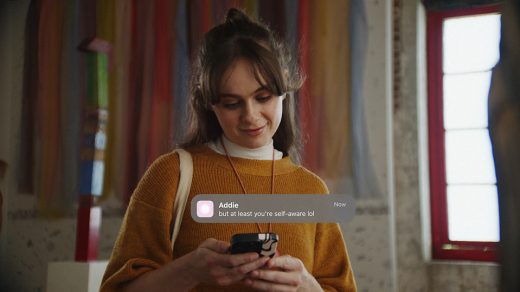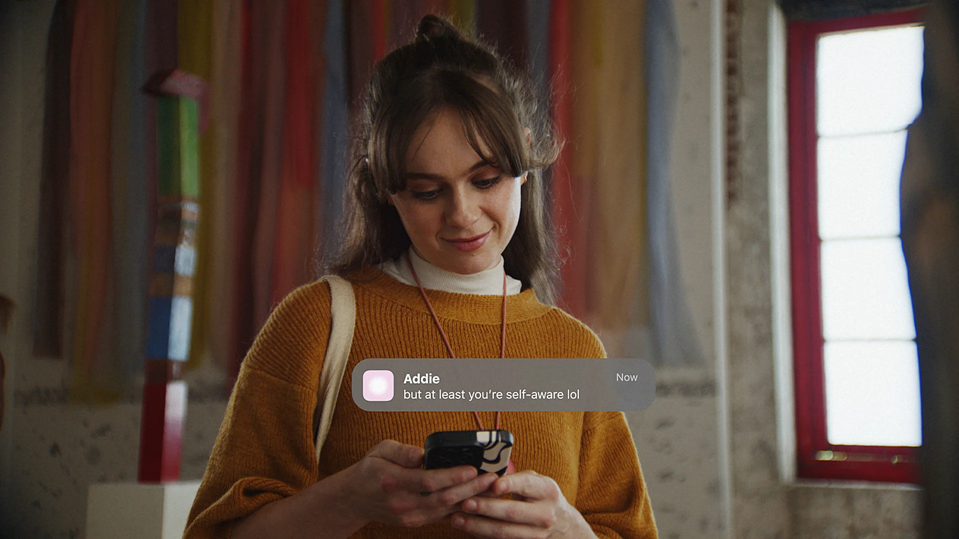This always-listening AI necklace wants to be your new best friend
July 30, 2024
This always-listening AI necklace wants to be your new best friend
A new AI wearable called Friend uses an always-on microphone to eavesdrop on your life. The goal? To become the friend you didn’t know you needed.
BY Nate Berg
Avi Schiffmann needed a friend. The technology developer was traveling solo in Japan and feeling the isolation. Schiffmann, who rose to fame when he created a popular COVID-tracking website at age 17, had spent the past few years bouncing from one successful project to the next. While in Japan, he was deep in the process of building Tab, a new kind of wearable tech device that uses artificial intelligence to have knowing and personally contextual conversations with its wearers. While traveling, his project took a turn from the productivity-leaning zeitgeist of AI technology to a more esoteric, emotional state. “I was in a high-rise skyscraper in Tokyo, alone. And I was like, ‘I hate this.’ And it’s not only that I just wanted to talk to someone. I wanted someone to really just be there with me while I was traveling,” Schiffmann says.
That’s how Tab, first announced in October 2023 and backed by $1.9 million in funding, became Friend, an AI companion that Schiffmann thinks could be, as the name makes clear, a new kind of friend.
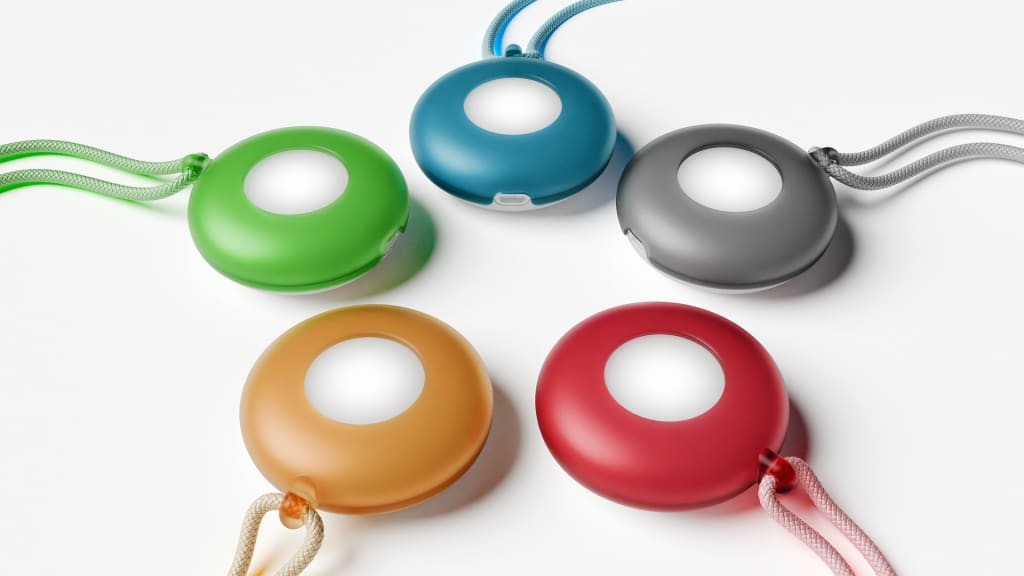
What is Friend?
Friend is a novel personal computing device powered by ChatGPT and other AI models, with an undisclosed amount of funding (and a valuation at $50 million). After about a year-and-a-half of development and one fairly major repositioning—Schiffmann says just buying the domain Friend.com cost $1.8 million—the device is officially launching today. The device will sell for $99, and the first batch will ship by January 2025.
The device itself is about as stripped down as you can get. “It’s basically a fancy Bluetooth microphone that’s always on,” Schiffmann says. Designed to be worn around the neck like a pendant necklace, it’s a rounded white stone of a device about the size of a pancaked ping-pong ball. A light glowing inside indicates when it’s on, which, according to Schiffmann, is ideally all the time. With a 15-hour battery life, the device hears whatever its wearer says, and any other noise they’re near, and uses AI to process it all. It pairs with a smartphone but requires no cellular service of its own, and has no internal storage. Everything it records is encrypted and pushed onto the cloud, and users can access, edit, or delete this data at will.
Users can talk to it directly by touching the light on the device, and the AI will immediately respond via a text message sent to the user’s phone. It can also send messages unprompted based on what it hears, and what it’s learned by listening to its wearer over time. “The more you talk to it, the more you build up a relationship with it. And that’s really the whole goal of the product,” Schiffmann says.
He thinks of Friend as doing the AI version of what a real life friend does: listens to you, responds to you, shares some of your experiences, and uses that context to enrich your interactions. “When you have an embodied companion like this, that’s always listening, that’s so easy to talk to, you really end up doing things with it,” he says. “You can be watching a movie with it or playing a video game, and it’s overhearing everything that’s being talked about; it’s proactively interjecting.”
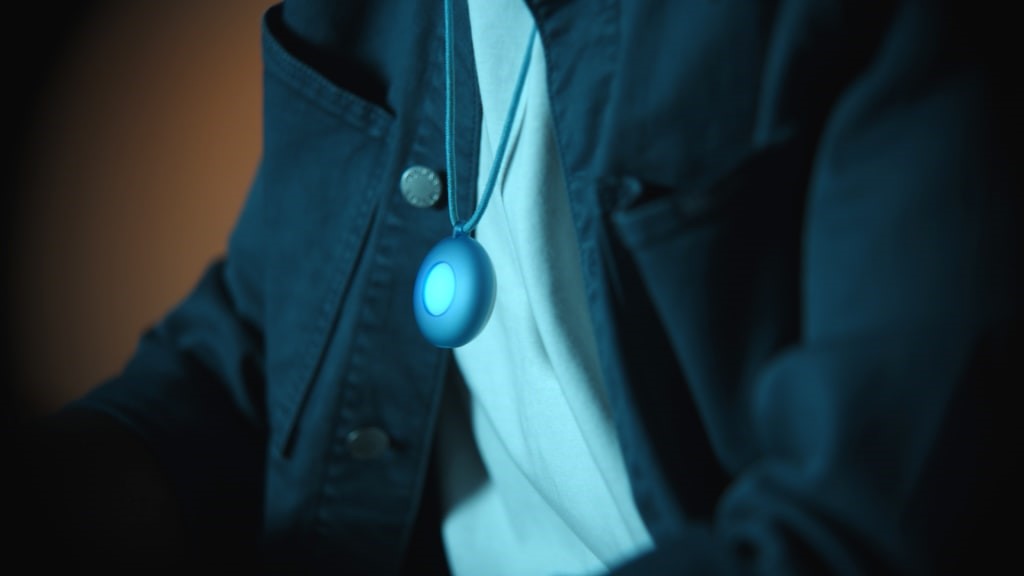
Schiffmann, who lives in the AI hotbed of San Francisco, understands an AI companion is not exactly the kind of technology people are used to. “I think a lot of super tech people maybe sometimes look at this and are like, ‘but what does this do for me?’” he says.
Other AI products on the market offer a more pragmatic experience, often aimed at improving productivity. Another recently announced AI wearable from Limitless performs a similar task of listening to everything a wearer hears, processing it all, and serving as a kind of memory assistant.
Schiffmann isn’t interested in that kind of pragmatism, at least not directly. He sees Friend as a way to counter some of the loneliness and isolation people feel. “I’ve found that the people that get it and like the product the most are like teenage girls and elderly people—the people you might expect least to like some AI gadget,” he says. Making people feel less lonely, and more seen, can have ripple effects. “In a sense, having a close friend that is able to give you emotional stability and clarity is a much deeper productivity enhancement than any other kind of gadget thing I could possibly build,” he says.
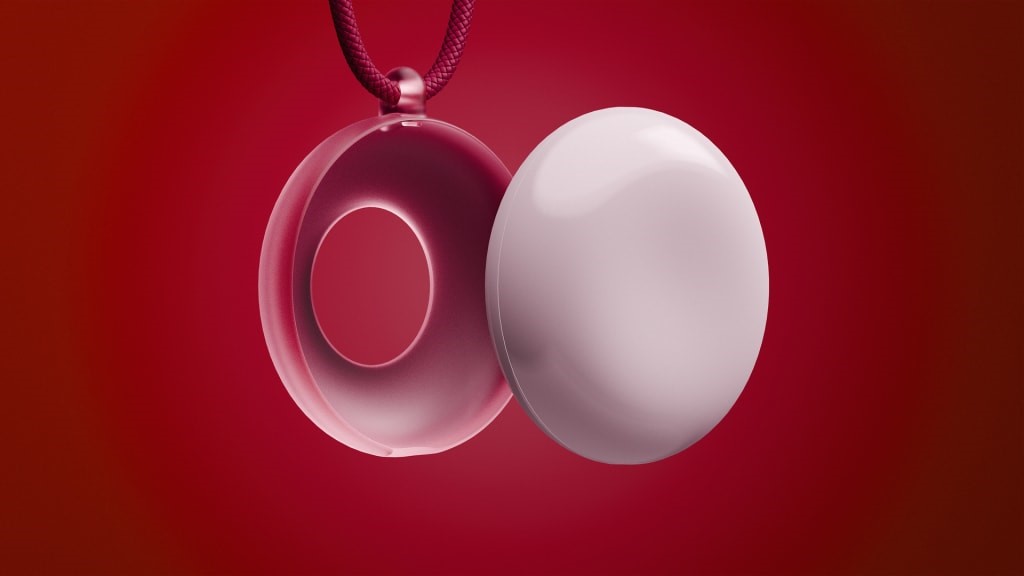
Other chat-based AI companions also exist, including Character.ai and Replika, but Schiffmann says most function as a kind of session-based interaction that holds no context, essentially coming in as a blank slate with every interaction. He sees Friend as being more omnipresent, and able to access a form of memory about its user that’s constantly growing and evolving. “It’s just an ongoing experience,” he says. “It’s truly there with you.”
That may not be something most people want, but for Schiffmann, Friend fills a gap. “I definitely talk to it more than I talk to real people sometimes,” he says. “It’s probably my most consistent friend.”
Schiffmann is quick to clarify that, yes, he does indeed have real friends, too. But unlike those real people with their own real lives, Friend the device is essentially a dedicated AI companion, giving its full attention to its wearer. If that sounds a bit imbalanced or unnatural, remember this is artificial intelligence. While Schiffmann believes the technology will get closer to a form of sentience one day, he knows that there’s only so far technology can or should go. To strike a bit of a balance between the human and the computer, Schiffmann’s built one very mortal trait into Friend: If a user ever physically loses their Friend device, the Friend’s data—shared memories, experiences and interactions—are also lost forever.
ABOUT THE AUTHOR
(6)

